Request for analysis:
Recovery efficiency during the leaching process of an ore sample containing free gold is low. Examine the surface of unleached free gold grains found in the CIL residue tails for the presence of passivating coatings.
Objectives:
Methodology:
Individual free gold grains were selected under the optical stereo microscope from both feed and CIL residue samples and mounted on an indium substrate. Surface spectra and images of selected surface species present on these gold grains were collected using an ION-TOF TOF-SIMS IV instrument. Depth profiles through the surface coating on selected gold grains were produced using a combination of two separate ion sources: a Cs+ sputter ion gun and Bi3+ ion cluster analytical source.
Results of the study:
Comparative ToF-SIMS surface analysis between gold grains from the feed and cyanide leach residue samples showed significant differences in the amount of surface silver (Figure 1).
Examples of free gold grains from the CIL residue sample are presented in Figure 2. Images of surface species on the gold grains before (as received) and after sputtering of their surfaces with the Cs+ sputter ion gun are presented in Figures 3 and 5. The relative change of surface Au and Ag on these grains is presented in Figures 4 and 6.
Major findings:
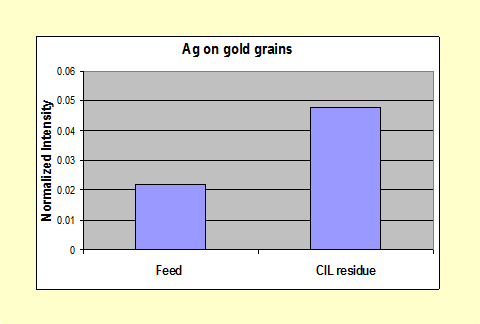
Figure 1. Surface Ag measured on free gold grains from a feed and CIL residue by TOF-SIMS
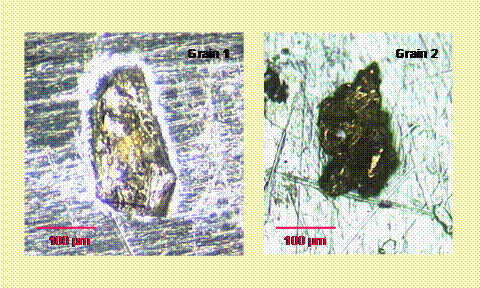
Figure 2. Optical microscope images of gold grains from CIL residue examined by TOF-SIMS. Grain 1 is partially locked in a sulphide grain.
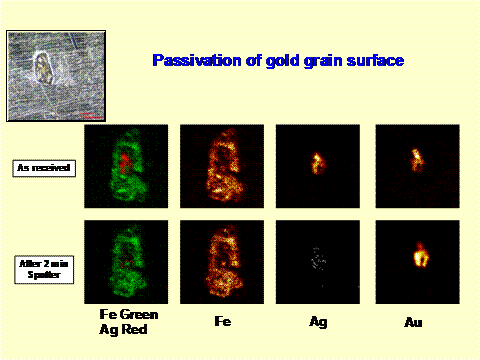
Figure 3. ToF-SIMS ion maps for selected surface species detected on gold grain 1 before (original “as received” surface) and after removing the upper surface layer by sputtering with a Cs+ ion source. This gold grain was attached to a pyrite grain. The ion maps show that the surface Ag coating is present on the gold grain, but not on the pyrite mineral phase.
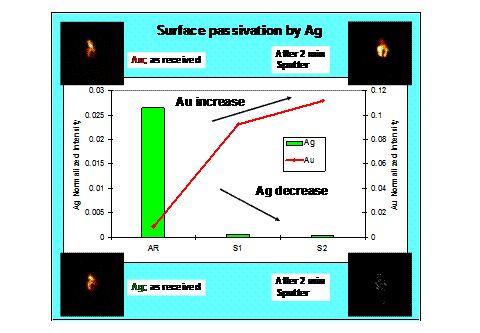
Figure 4. Relative change of surface Au and Ag measured by TOF-SIMS on gold grain #1 before and after sputtering with Cs+ ion source
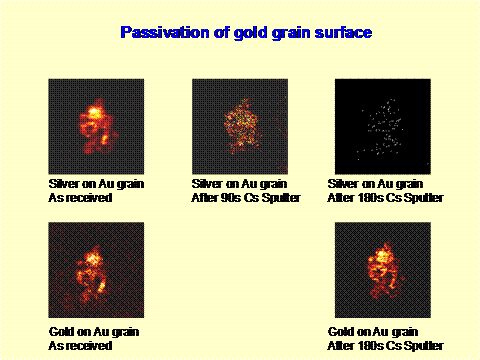
Figure 5. ToF-SIMS ion maps for selected surface species detected on gold grain 2 before (original “as received” surface) and after removing the upper surface layer in two consecutive sputter steps with a Cs+ ion source
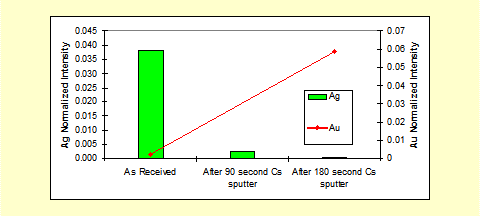
Figure 6. Relative change of surface Au and Ag measured by TOF-SIMS on gold grain 2 before and after sputtering with Cs+ ion source

